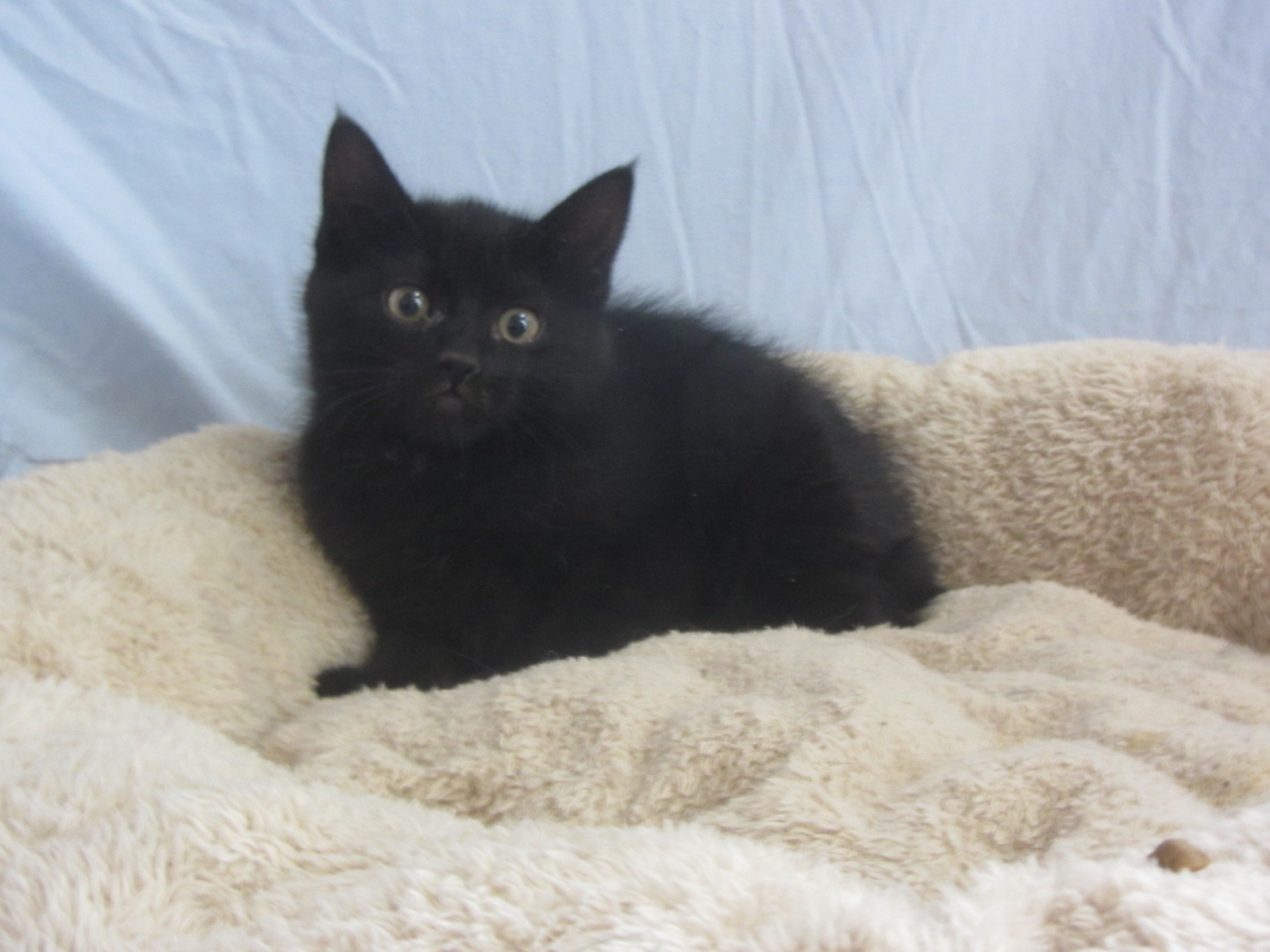
05 Apr Second Chance: Taming of the Cat
There has been plenty of talk lately about determining the origins of the domestic dog, so I decided to do some digging into my own ancestry: the domestic cat and found that domestic cats have been traced back to a single wild ancestor whose relatives still live in the remote deserts of the Middle East today.
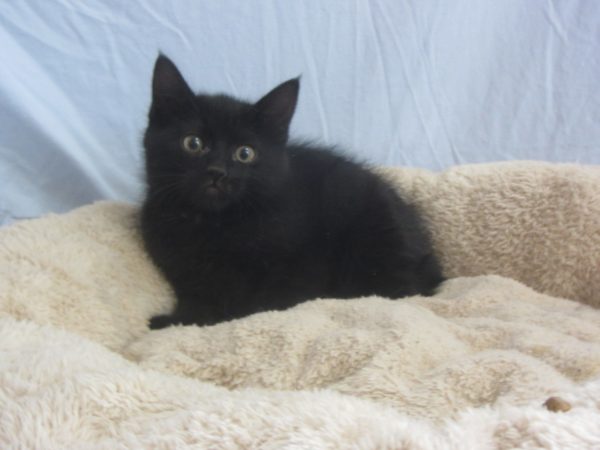
Onyx
The transformation of a vicious predator into a docile tabby took place some 10,000 years ago, (so not as long as the dog, which is estimated to become human’s best friend, cough cough, for between 15,000-30,000 years now) a new genetic analysis suggests. That is about the same time humans adopted an agricultural lifestyle in the Fertile Crescent. So the first of the friendly cats likely acted as a mouse-hunter for grain-storage areas.
“We think that was the beginning of one of the most interesting natural history experiments ever done,” said Stephen O’Brien, a geneticist at the National Cancer Institute in Maryland, “which is the changing of a wild, ferocious predator into a friendly mouser that decided to hang its wagon on humankind.”
Until now, scientists knew close to nil about the genetic relationships between different types of cats, including wild versus domestic varieties. Well kept house cats can and often do breed with wild species, which has made it tricky for scientists to distinguish between a hybrid wild-domestic feline and a purely wild or house variety.
The key difference between the two is behavior.
Domestic cats can live in groups and are generally not afraid of people. Since behavioral analyses of a large and diverse group of cats would be nearly impossible, an international research team turned to genetics.
Carlos Driscoll of the National Cancer Institute and his colleagues analyzed genetic material from nearly 1,000 cats, including domestic cats and the wild cat subspecies: the European wildcat, Near Eastern wildcat, Central Asian wildcat, southern African wildcat, and Chinese desert cat.
They found that each wild group represents a subspecies of the wildcat Felis silvestris. The DNA from domestic cats matched up with that of the Near Eastern wildcat subspecies Felis silvestris lybica, which lives in the remote deserts of Israel and Saudi Arabia. The lineage that includes the domestic cat and its wild relatives originated earlier than previously thought, about 130,000 years ago.
The cats probably took two separate routes out of the Middle East, the scientists speculate. One group trekked to Egypt while the others traveled from Mesopotamia to India, then to China and much later made their way to Japan.
Genetic testing is still not able to pinpoint a clear timeframe of when wild cats became house cats, although scientists are now hoping to find specific genes related to cat tameness. For now they are still turning to written historical records and archaeological evidence. For instance, Egyptian tomb paintings indicate that by 3,600 years ago domestic cats were living in Egypt, Driscoll said. And a cat and human burial site dating back 9,500 years was unearthed in Cyprus recently.
My name is Onyx. At nine weeks of age, I am glad to have humans around to take care of me. I can’t imagine where I would be without them. I am very social and sweet and ready to maintain my house cat ways in a new home and people family I can call my own. Adopt me today please.
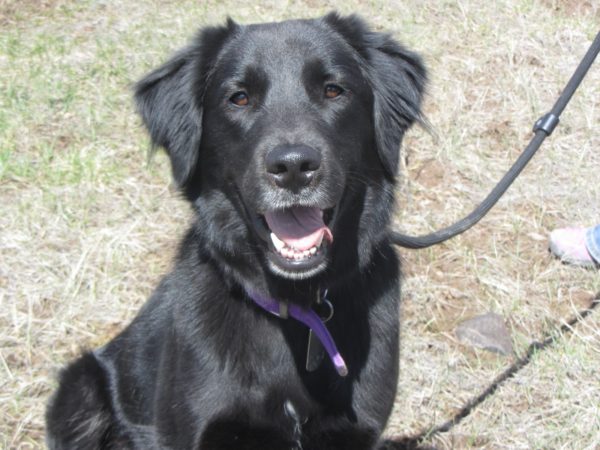
Bear
Or if dogs are more your thing, I would recommend you come meet Bear. He is an 18-month-young Border Collie, Black Lab mix, adopted from Second Chance when he was six months and returned recently – through no fault of his own. Onyx is a little sad because of being rejected by his family and a bit shy now, but we think he will come around when he finds his true forever family.
Editor’s note: It’s no secret. The Telluride region is dog heaven. Well, pet heaven. Unless you are one of our furry friends who gets caught in the maw of neglect and abuse. Then heaven is on hold until Second Chance Humane Society comes to the rescue. Second Chance is the region’s nonprofit dedicated to saving animals’ lives and promoting responsible pet parenting and human-animal bond. In her weekly blog, executive director Kelly Goodin profiles at least one, generally two of the many animals now living at the no-kill shelter, Angel Ridge Shelter, a dog and a cat, hoping to find them loving permanent homes. The column is sponsored by Ted Hoff of Cottonwood Ranch & Kennel, who from time to time exercises his skills as a dog whisperer, partnering with Kelly and her staff to help train a particularly challenging animal.
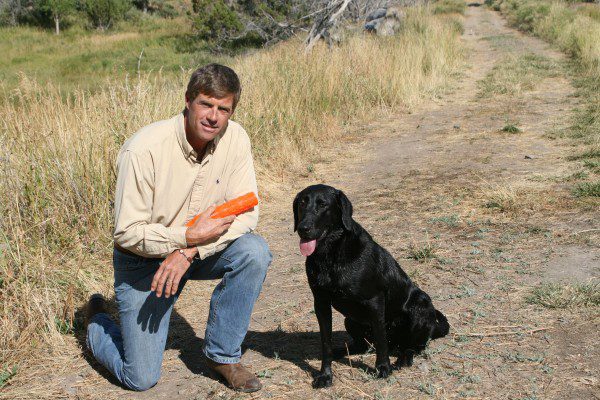
Ted Hoff & Magnificent Mae
By the by, there is no better place to park your pup or get your pup (or adult dog) trained than Cottonwood whenever you head out of town (for locals) or are heading to town and staying somewhere that does not allow pets. Consider joining Ted’s Very Important Dog (VID) Club for added benies. (Details on Ted’s website.)
Second Chance Humane Society Animal Resource Center and Thrift Shop are both located in Ridgway, but service San Miguel, Ouray & Montrose Counties. Call the SCHS Helpline at 626-2273 to report a lost pet, learn about adopting a homeless pet, or about the SCHS Spay/Neuter, Volunteer, Feral Cat, or other Programs. View the shelter pets and services online: www.adoptmountainpets.org
Vetting the Vet: Dr. Michelle Dally, DVM, J.D. is Medical Director of Second Chance Humane Society. She also has a private practice, Dally Veterinary Medicine, 333 S. Elizabeth Street, Ridgway, Colorado. Her service area is San Miguel Mesas, Placerville, Ridgway, Ouray, and Montrose. For more on Dr. Dally, go here.
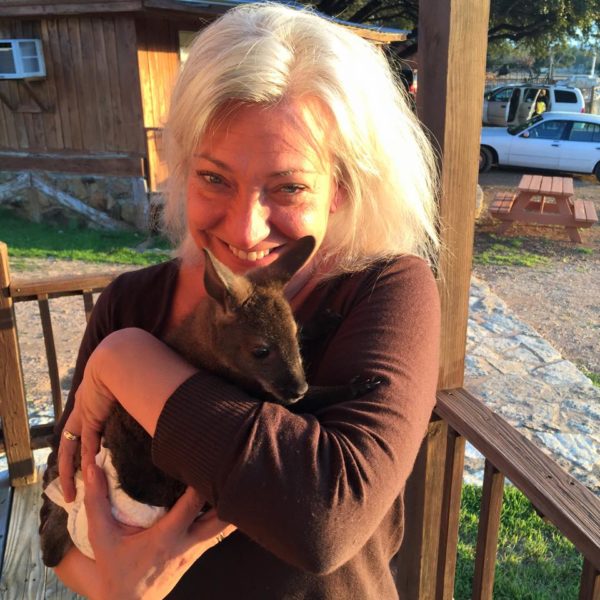
Michelle & Wallowby


Sorry, the comment form is closed at this time.